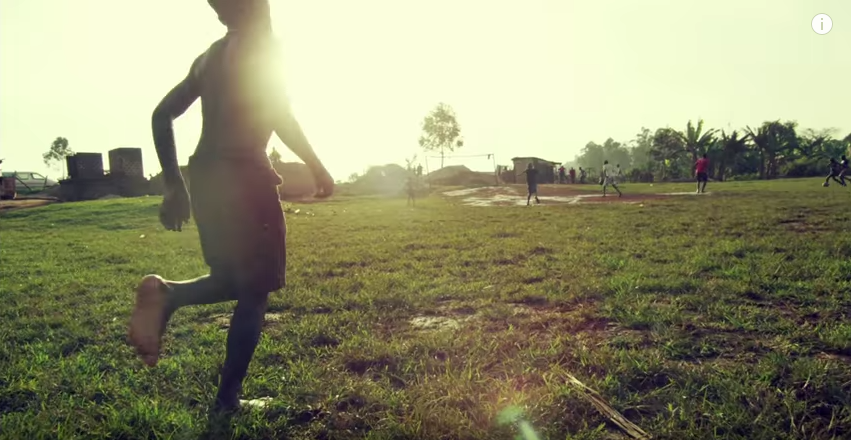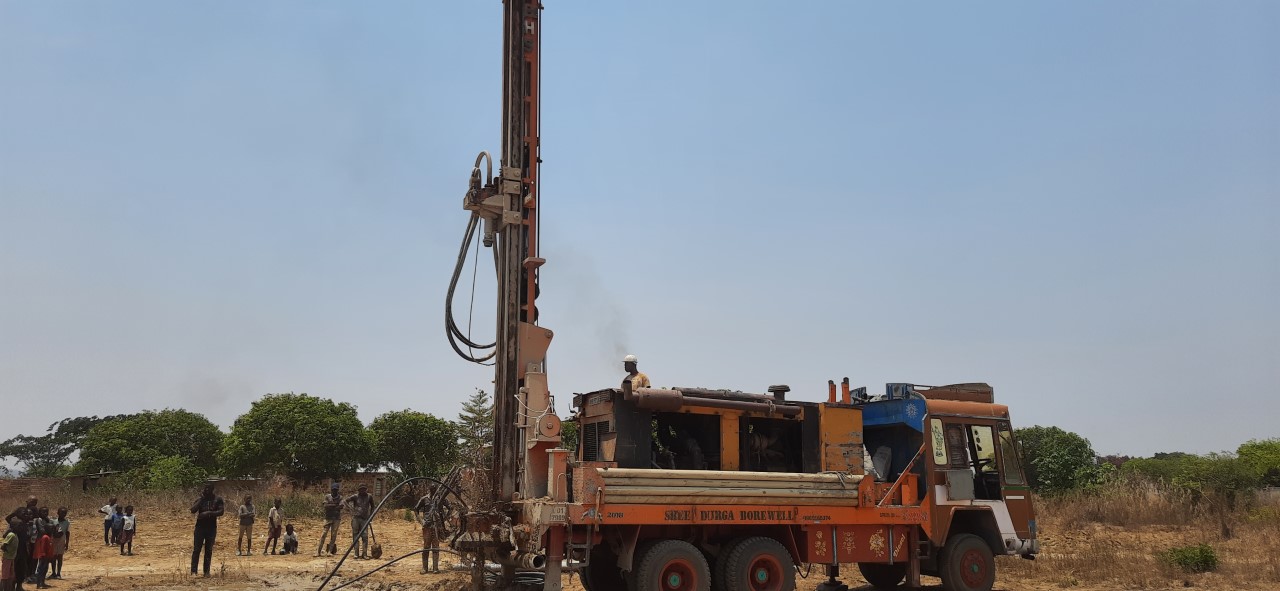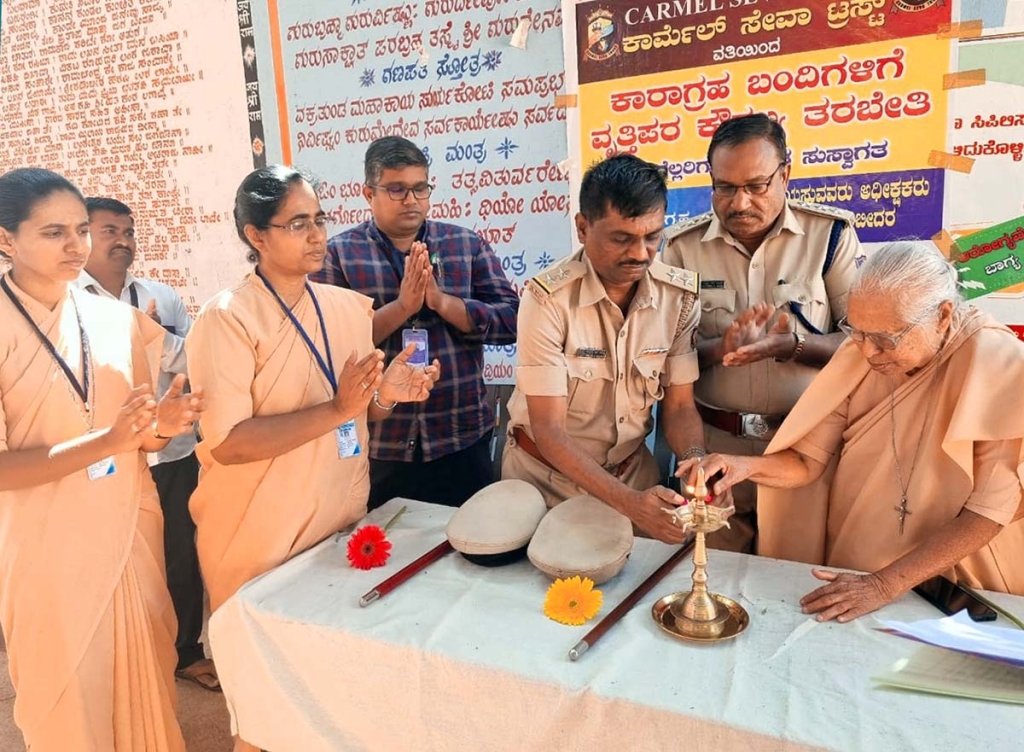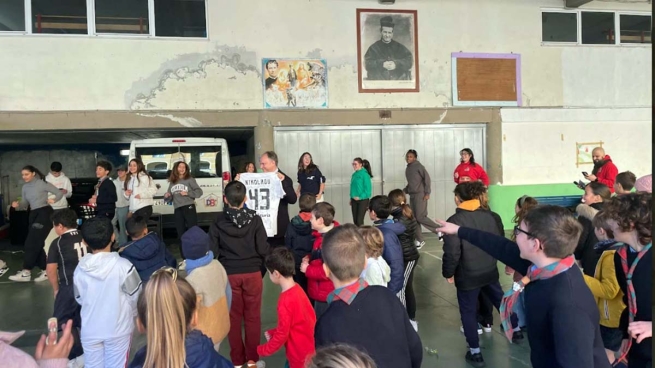COLOMBIA: Don Bosco City Releases Documentary on Rehabilitation of Child Soldiers

(MissionNewswire) Salesian Father Rafael Bejarano, director of Don Bosco City, and James Areiza, program director for child protection, along with two former child soldiers, recently visited Rome, Italy to present a documentary on former child soldiers’ journeys toward recovery and reintegration, according to a recent article in Crux, an independent Catholic media outlet. “Alto de Fuego” (“Cease-fire”), the Salesian-produced film, follows the lives of Catalina and Manuel (pseudonyms for their protection), two former child soldiers, who are rebuilding their lives at Don Bosco City after enduring the violence and exploitation of warfare at a young age.
Crux reports that more than 50 years of armed conflict between Colombia’s many guerrilla movements, with FARC and the National Liberation Army (ELN) being the most infamous, as well as paramilitary groups and the Colombian government, has left behind some 8 million victims. Thousands of children have been part of these armed groups, forced to fight and kill at a very young age. These children are also victims, having been robbed of their childhoods, exploited and faced with unimaginable violence.
Nineteen-year old Catalina joined the guerrilla group FARC at the age of 13 after enduring physical abuse by her stepfather and an attempted suicide. When she first joined FARC, she noted that everything was fine, but a mere eight days later, they gave her a gun that was bigger than she was and a week later she took part in her first battle against government forces. She said that eight helicopters attacked her battalion that day.
“We were 44 young people and adults, and by the end of the attack, we were 22. It’s a deep pain I carry with me,” explained Catalina in the Crux article. “We’d look at each other not knowing if it was for the last time.”
After three years, she had the courage to run away, knowing that if FARC found her, she’d be killed. Today, the Crux article notes, Catalina is about to start school to fulfill a lifelong dream of becoming a nurse.
According to the Crux article, Manuel spent a year in combat after he joined the guerillas in 2013, when he was just 14. After his brother was killed by his own battalion because he wasn’t good at following rules, Manuel left. “I was illiterate, but now I go to school and have a job,” said Manuel in the article.
Don Bosco City has been working with youth like Catalina and Manuel for 52 years and have saved more than 1,300 youth from a life of violence. It is estimated that close to 6,000 minors are still utilized as child soldiers with thousands more having reached their 18th birthday after years of combat. The long rehabilitation process focuses on three things youth need to learn – how to trust, to have hope for the future and to build relationships with others. Psychologists and teachers work together with youth, giving them the tools for a better future including providing basic education and more advanced skills training that will lead to stable employment.
Don Bosco City is one of the oldest and largest programs for street children in Latin America. Since its start in 1965, the program has rescued more than 83,000 boys and girls. Through the program, Salesian missionaries offer a multi-pronged approach designed to address the broad social issues that contribute to the poverty and exploitation these youth face while training them in the skills necessary to break the cycle of violence and poverty. Currently, there are 900 youth between the ages of 8 and 12, living and receiving education at the program.
“We know that access to education lays the foundation for a better future,” says Father Mark Hyde, executive director of Salesian Missions, the U.S. development arm of the Salesians of Don Bosco. “In Colombia where almost 20 percent of school-age children do not attend school, it is crucial that we offer this opportunity to as many youth as we can, especially youth who were child soldiers or abandoned and living on the streets because there is no one else there ensuring their safety and long-term recovery.”
Close to 33 percent of Colombians live in poverty, according to the World Bank. One in five children in the country has no access to education and 800,000 children reside in refugee camps. The number of street children has reached epidemic proportions and thousands of at-risk youth have been recruited as child soldiers.
In addition, many orphaned youth in Colombia live in poverty and have lost their parents to natural disasters, the HIV/AIDS epidemic and other diseases, war or domestic issues. Some children remain living with a single parent, struggling to survive and are often pulled out of school to earn income for the remaining family. Other youth live in shelters or on the streets.
###
Sources:
Crux – What peace means, through the eyes of former child soldiers
The Pope Video 12 – Child soldiers – December 2016
World Bank – Colombia




